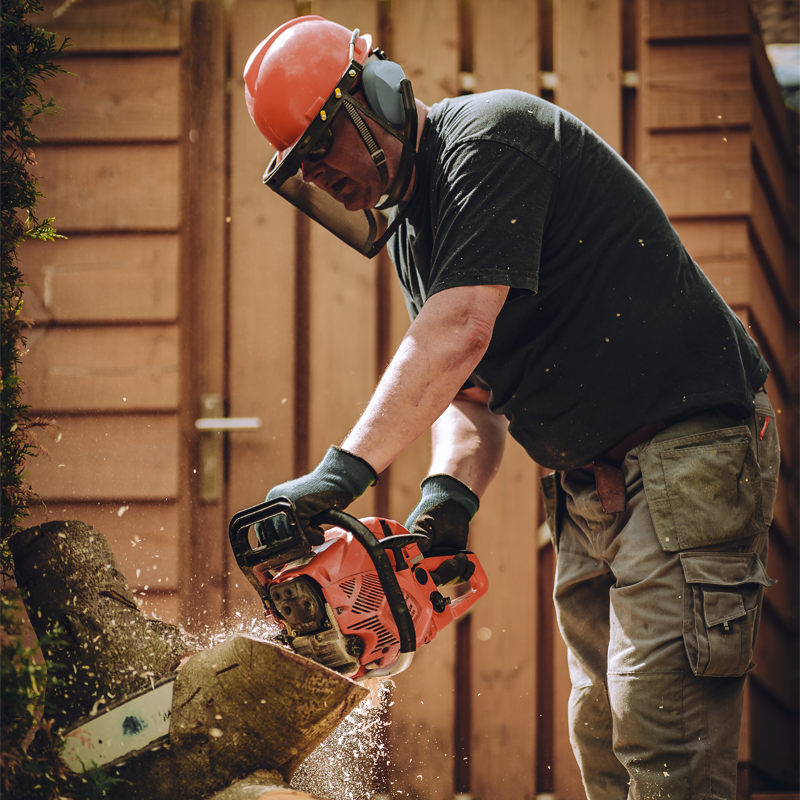Familiarity lulls people into a false sense of safety. People who perform a task many times without incident begin to think that they are working safely, even when they are not. They become desensitized to the hazards of the work that they do, and may even begin to take short-cuts that increase their risk of an incident occurring. Some employees begin to think that hand and power tools are “safe” because they’ve never had an incident, and they seem less dangerous than their other tasks. What steps are your company taking to make sure that your employees are not succumbing to this dangerous mindset?
Have you trained your employees to inspect their tools before using them?
Have you trained your employees to inspect their tools before using them? How are you ensuring that they are inspecting their tools? Many employers and supervisors focus on making sure that new employees are following these rules, but what about veteran employees?
Experienced employees (5 or more years of experience) are more likely to be injured by hand or power tools than new hires (employees with less than 1 year of experience) or employees with 1-5 years of experience. From 2012 to 2015, experienced employees accounted for 20% more injuries from hand and power tools than for new hires. This certainly suggests that their familiarity with their tools and tasks makes them more likely to engage in risky behavior. Take this example below from an OSHA inspection as further proof of this.
Two employees were on the catwalk of a 23-metric ton, top-running, double-girder overhead bridge crane made by DEMAG (Serial Number 94156). They were repairing a radio transmitter-receiver for the crane’s remote control system (Remtron Model Number 25S11A). One employee was sitting in front of the crane’s bridge control cabinet, tracing and testing the function of conductors for the crane. The second employee was in front of the crane’s hoist control cabinet. The employee checking the wiring was sweating profusely from the heat as he worked in the energized 480-volt cabinet. He grabbed a 120-volt conductor with needlenose pliers. A portion of the plastic coating on the handle of the pliers was missing, and the employee was electrocuted. The second employee received an electric shock when he removed the first employee from the circuit. The first employee was pronounced dead at the North Vista Hospital.
That employee’s life was cut tragically short because a pair of needlenose pliers were not inspected before they were used. A quick visual inspection probably would have identified the missing plastic coating, and ensured that the employee did not use them in an energized cabinet.
Another example from another OSHA inspection again shows the dangers of becoming desensitized to the hazards of hand and power tools.
The employee was operating a portable table saw, cutting one-inch PVC strips for soffit boxing. After a piece of strip became sucked in the spinning blade, the employee reached to retrieve it with one of his hands. That hand contacted the still rotating saw blade and caused severe lacerations to his left index, pointer and ring fingers. He was taken to a local hospital where medical staff had to amputate the three fingers due to extensive damage sustained by the rotating saw blade.
Three fingers are a steep price for anyone to pay. This is a classic scenario that many write off as “He should have known better”, “employee error”, or “we covered that in training and he knew not to do that”. If we truly value our employees and want to ensure their safety, we need to find ways to keep them safe, even from mistakes they make. Regular refresher training, and emphasizing and enforcing tool inspections and usage can go a long way towards reducing the risk of employee injury when using hand and power tools.








